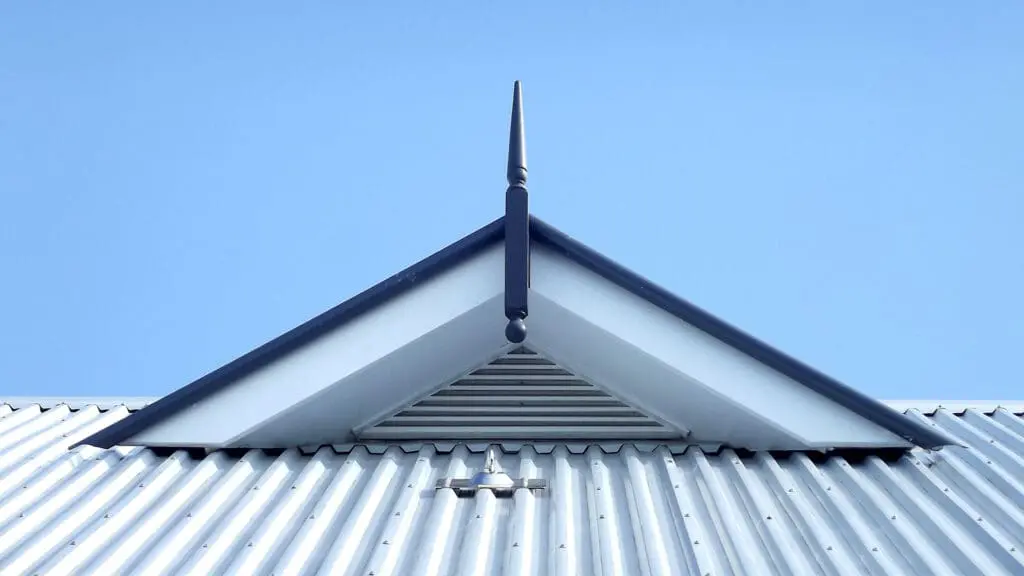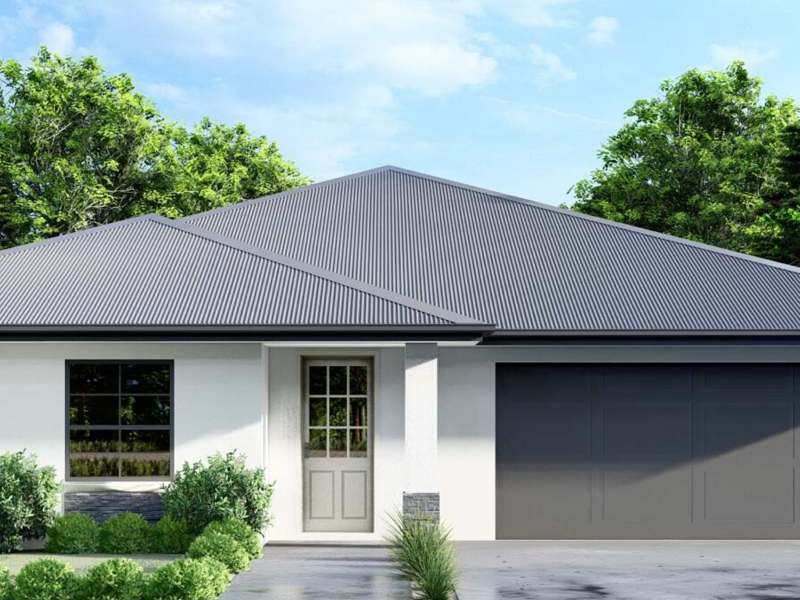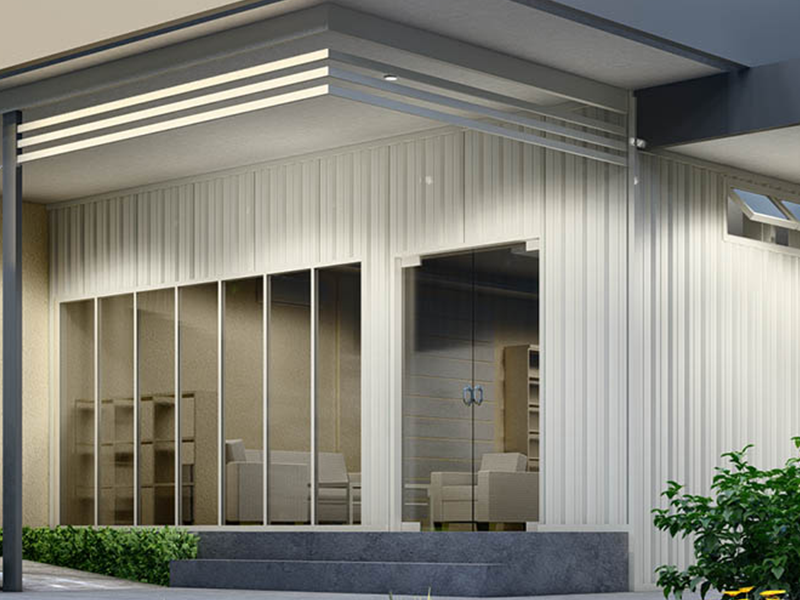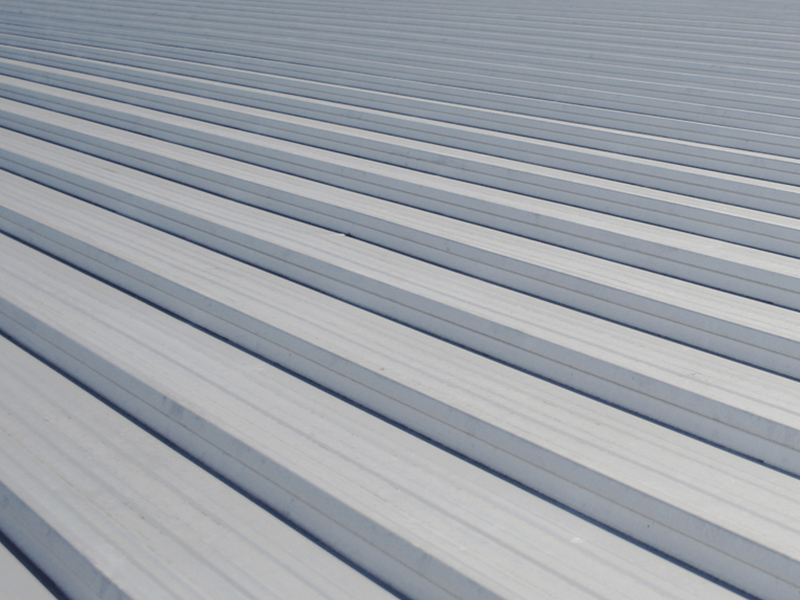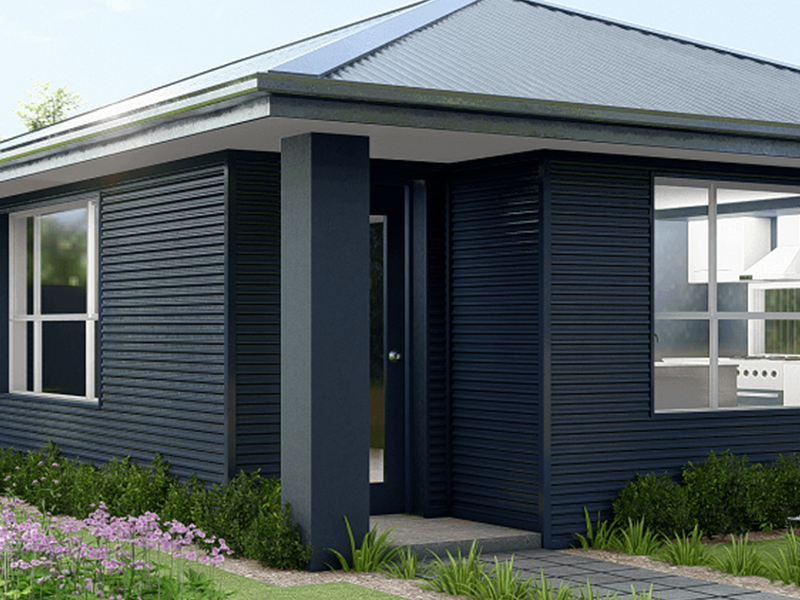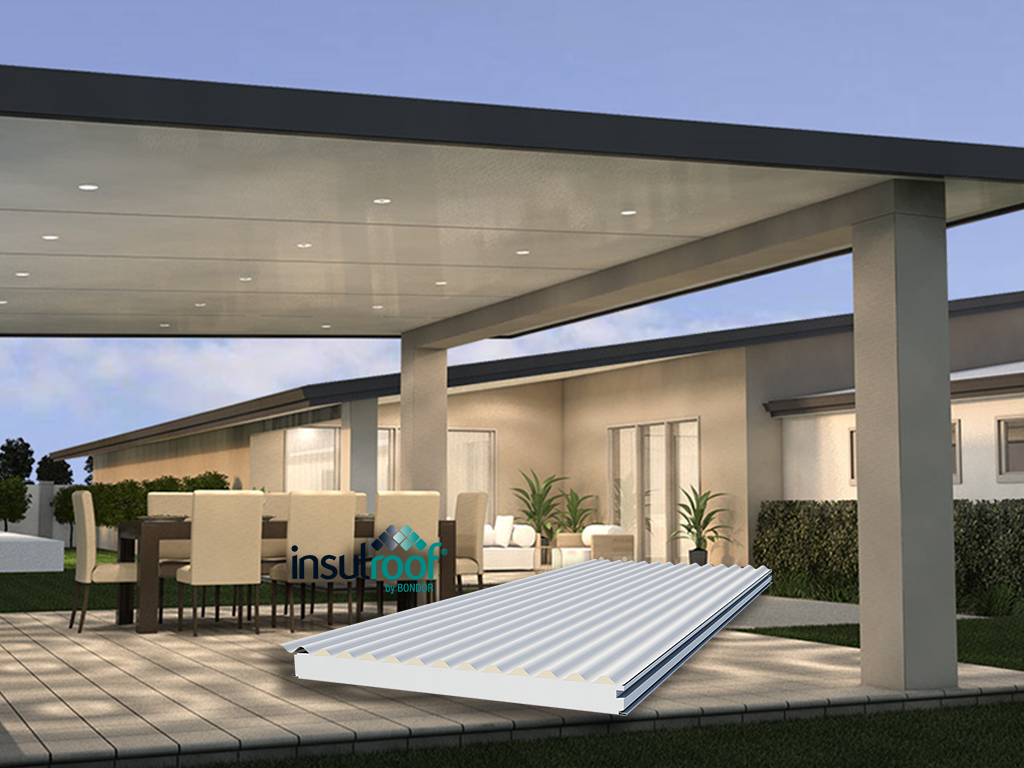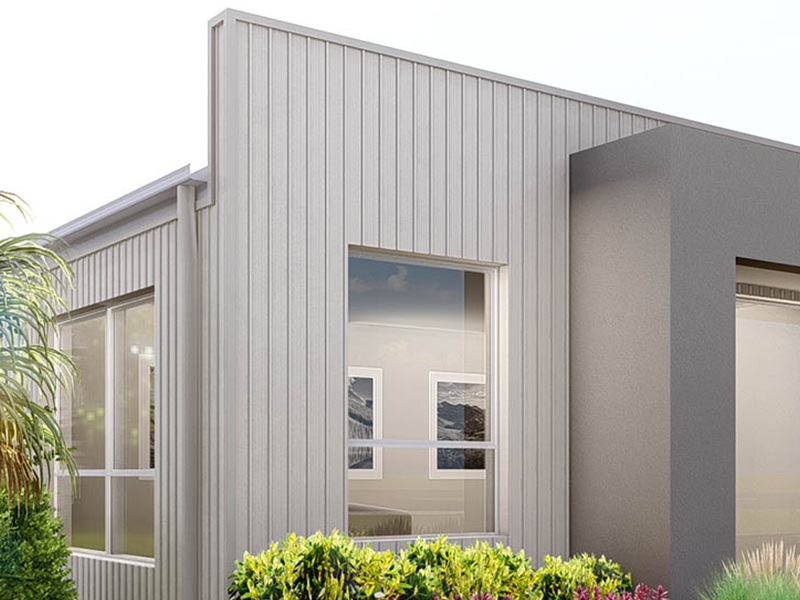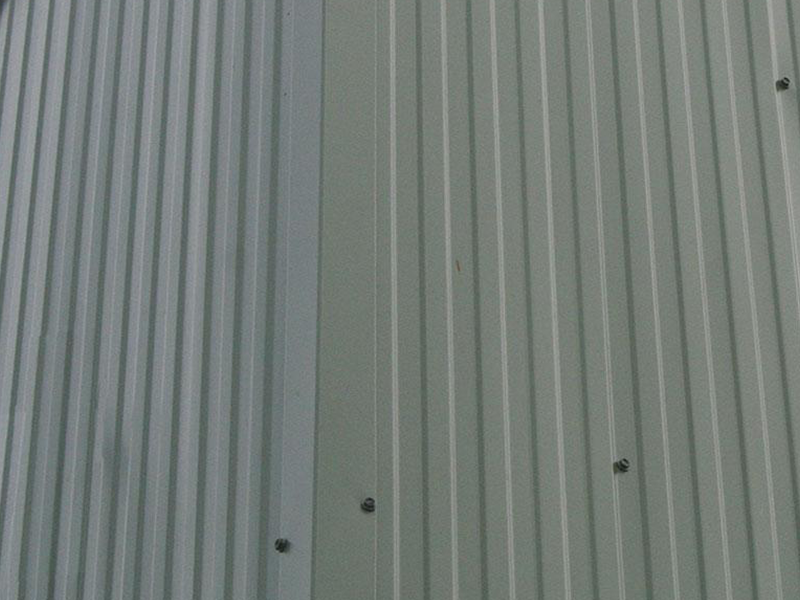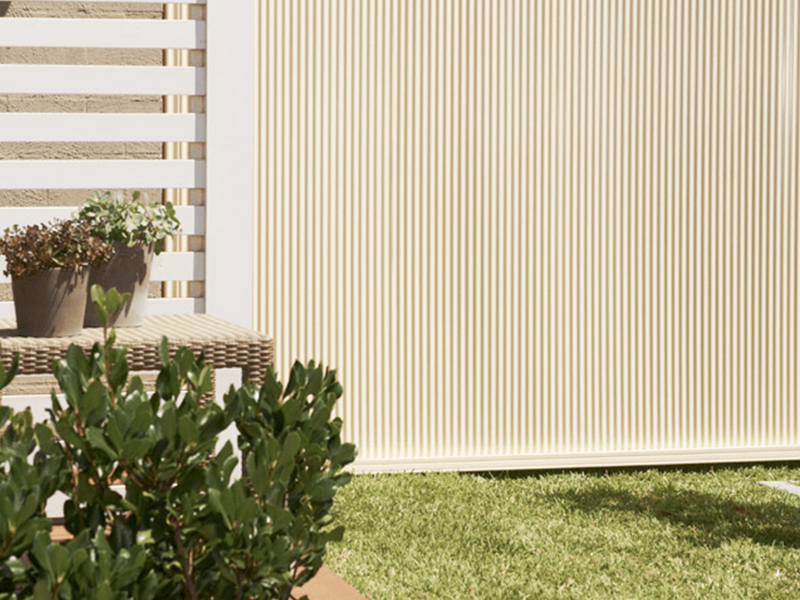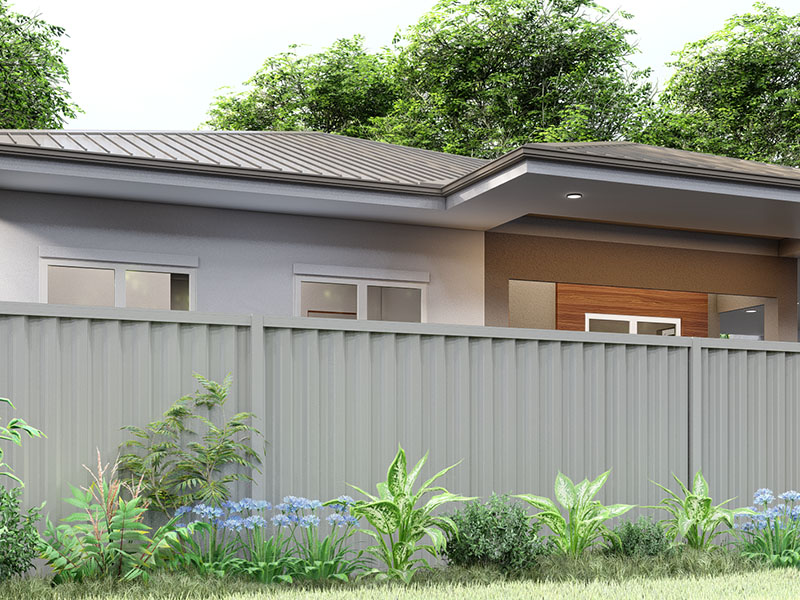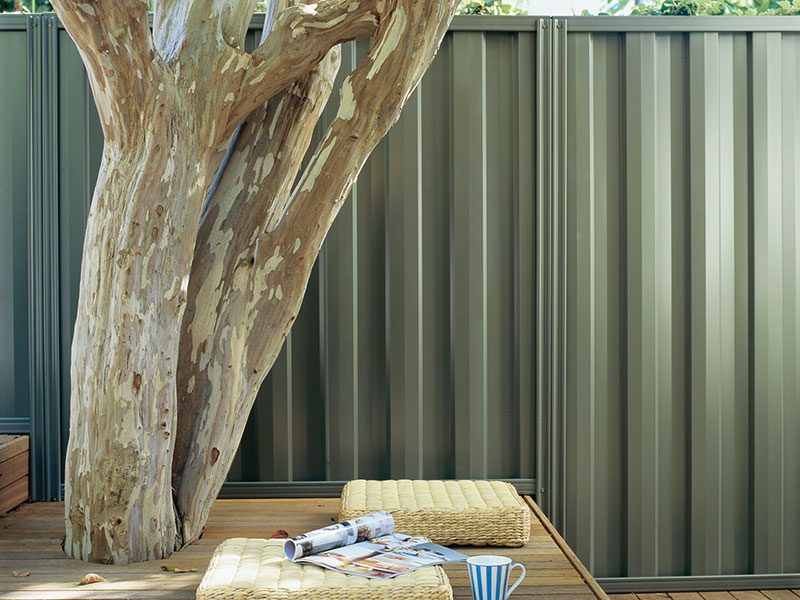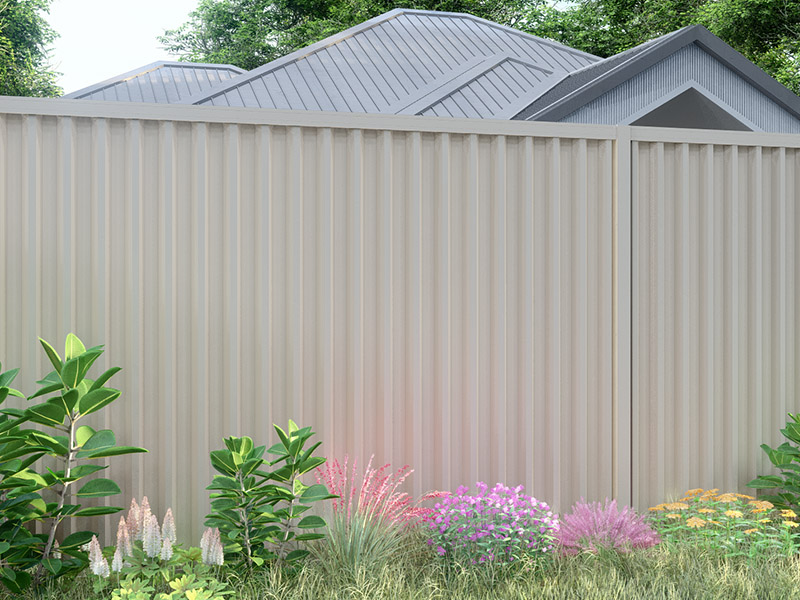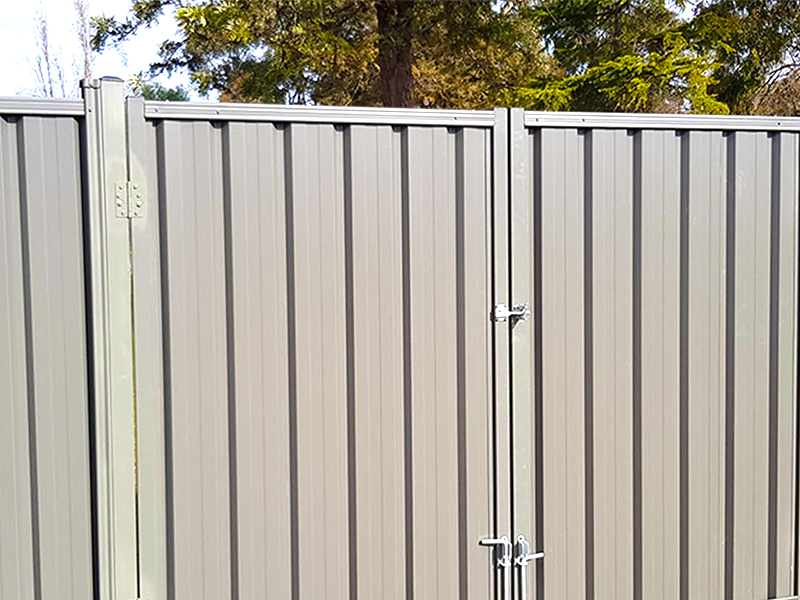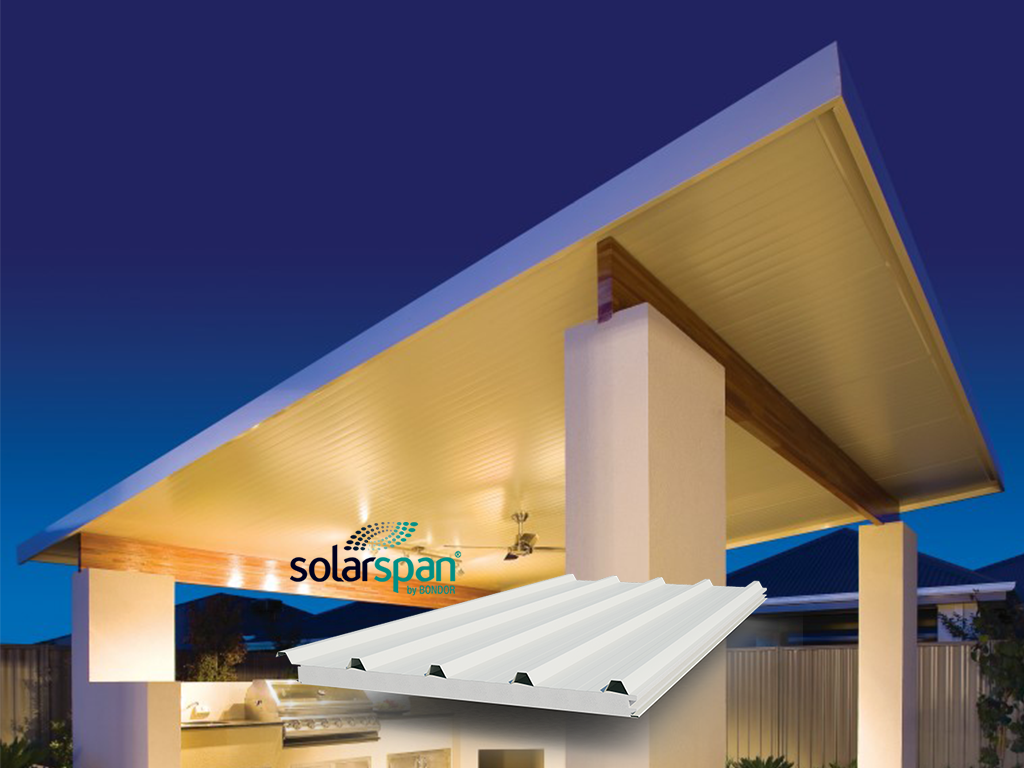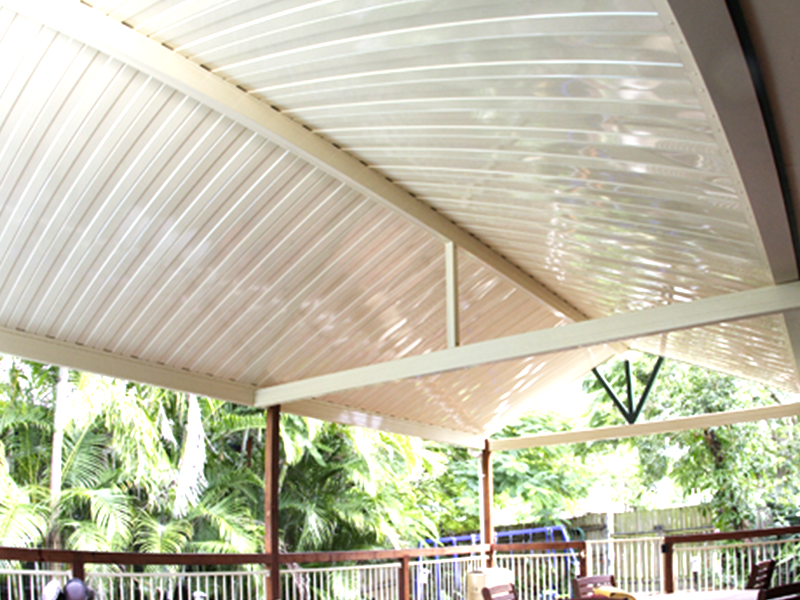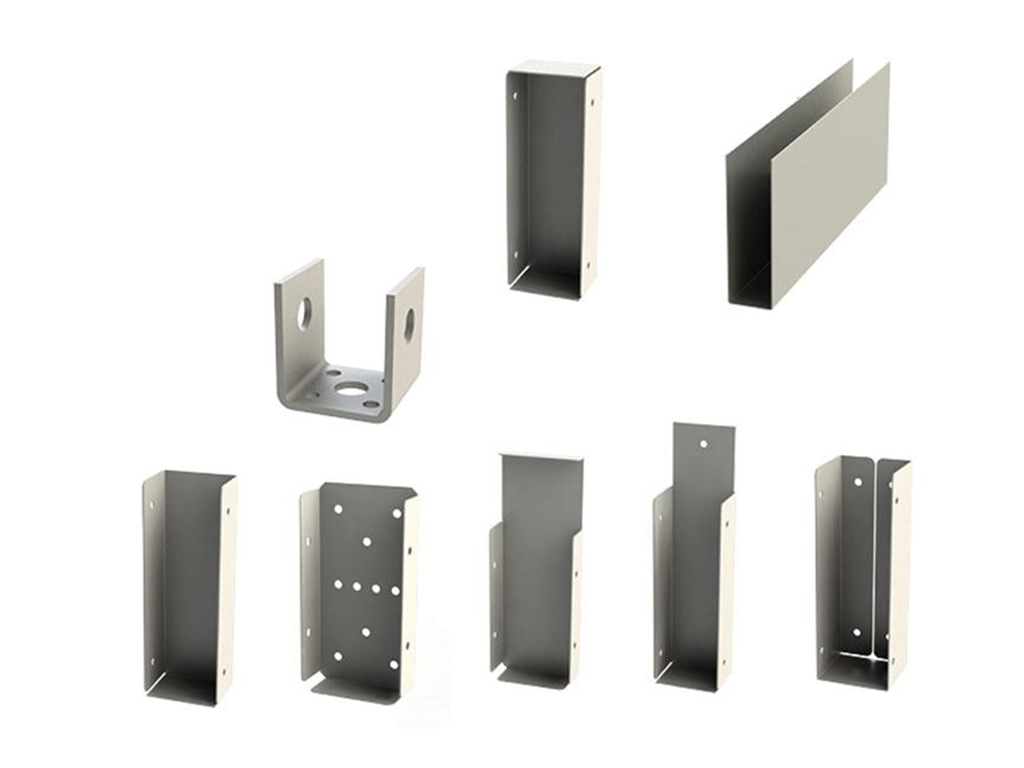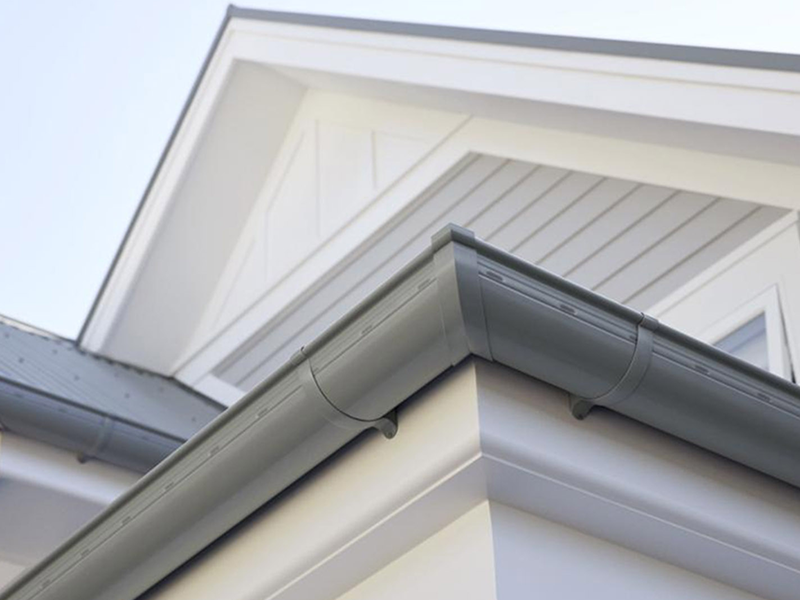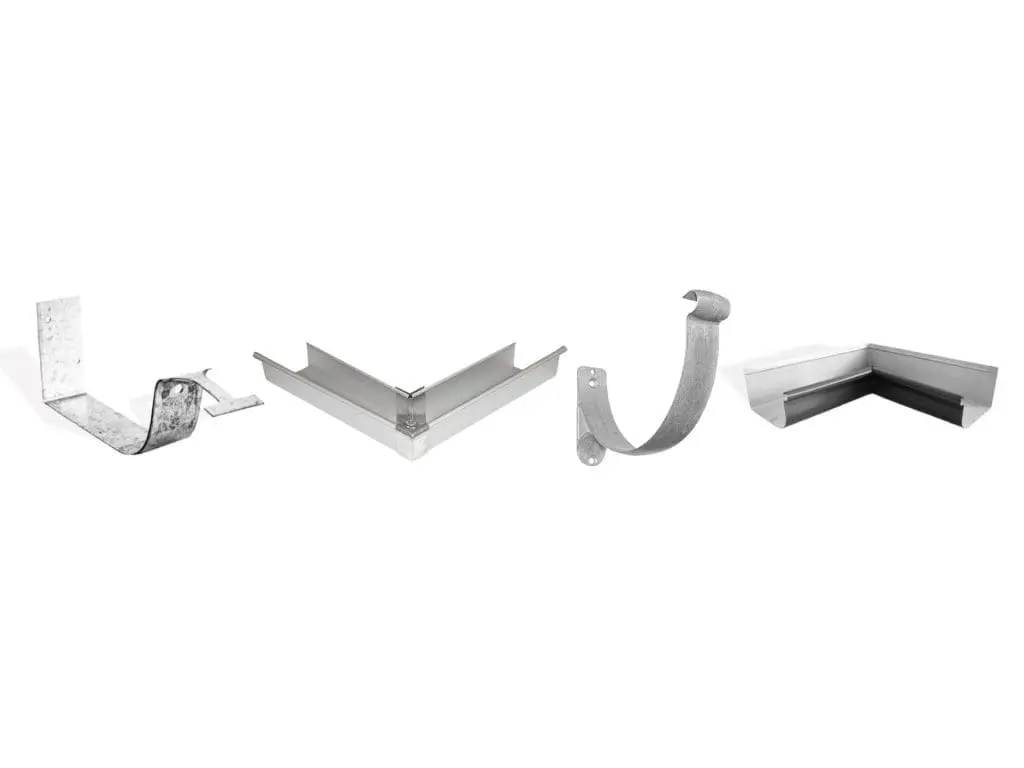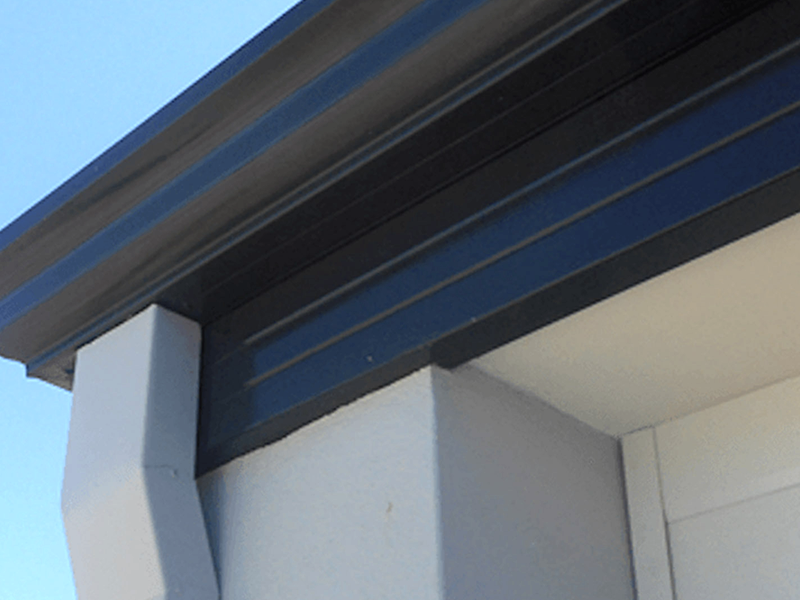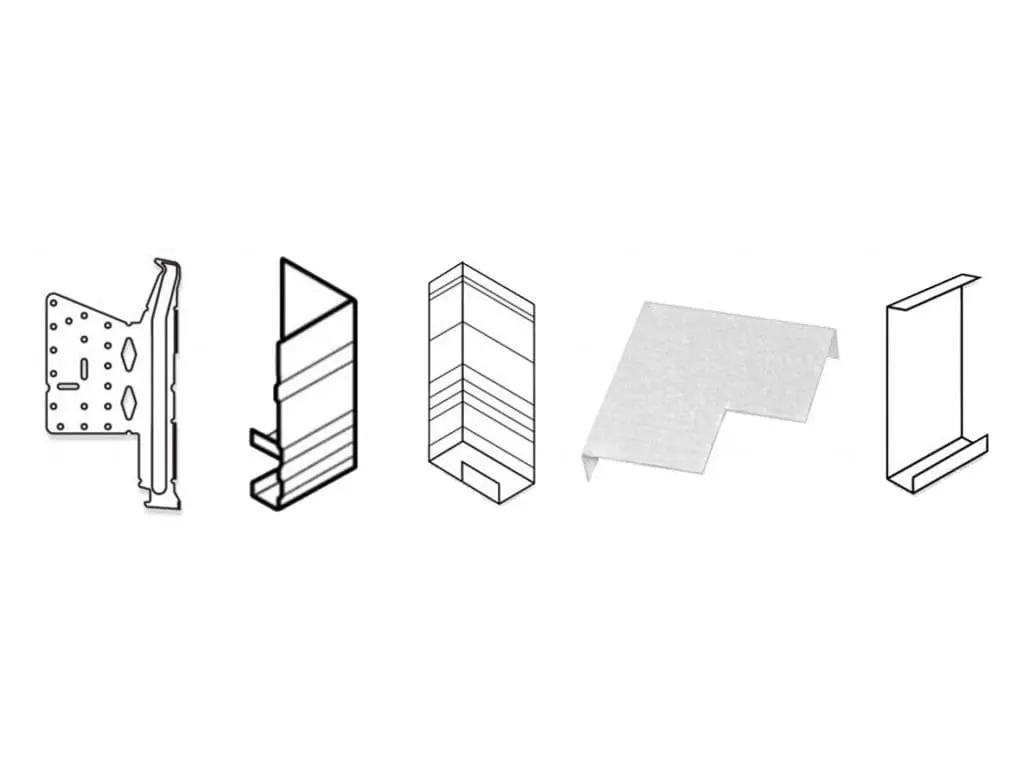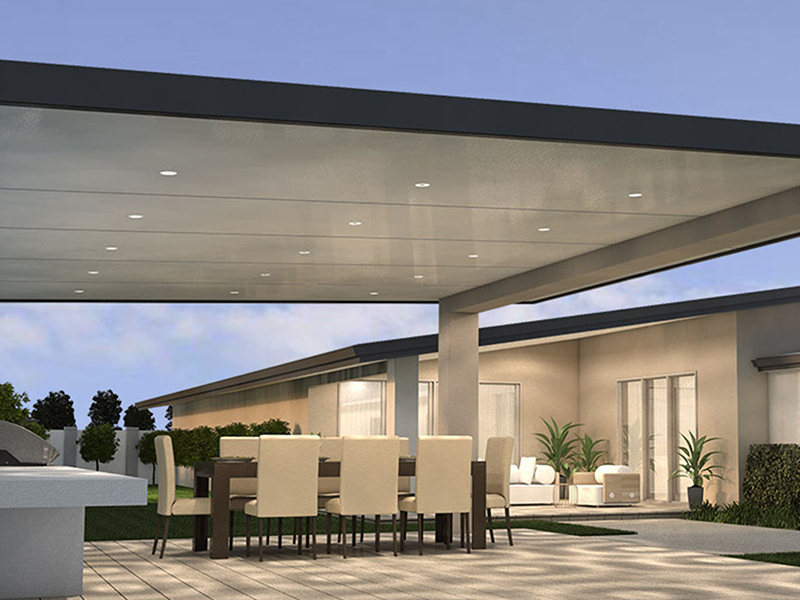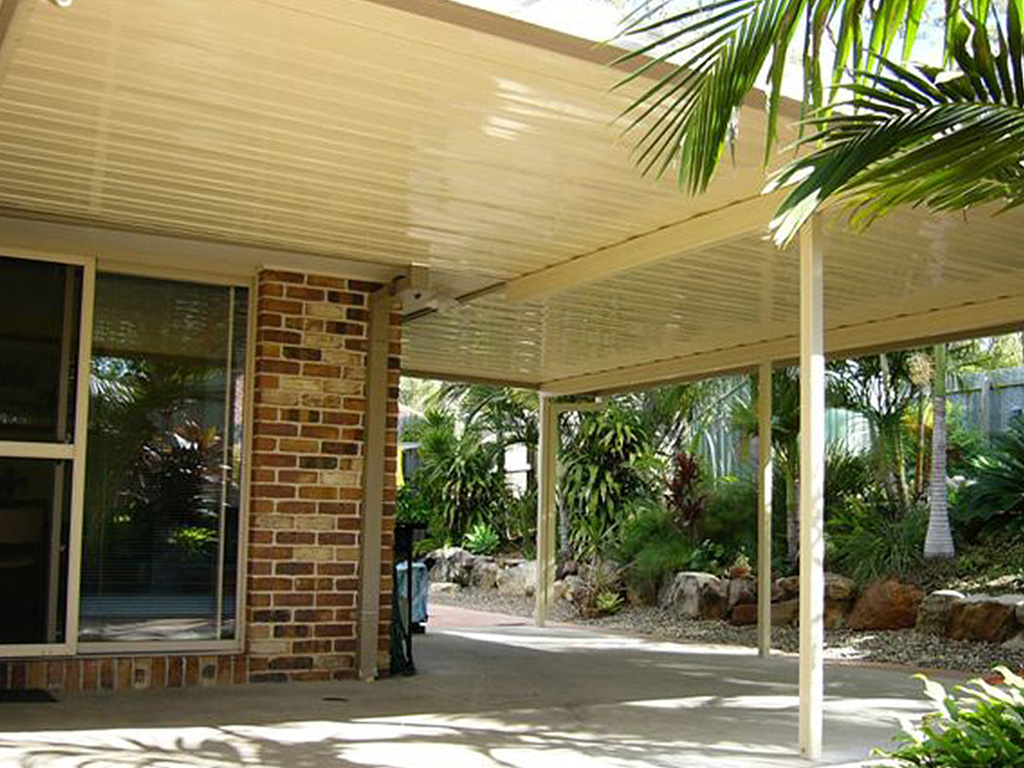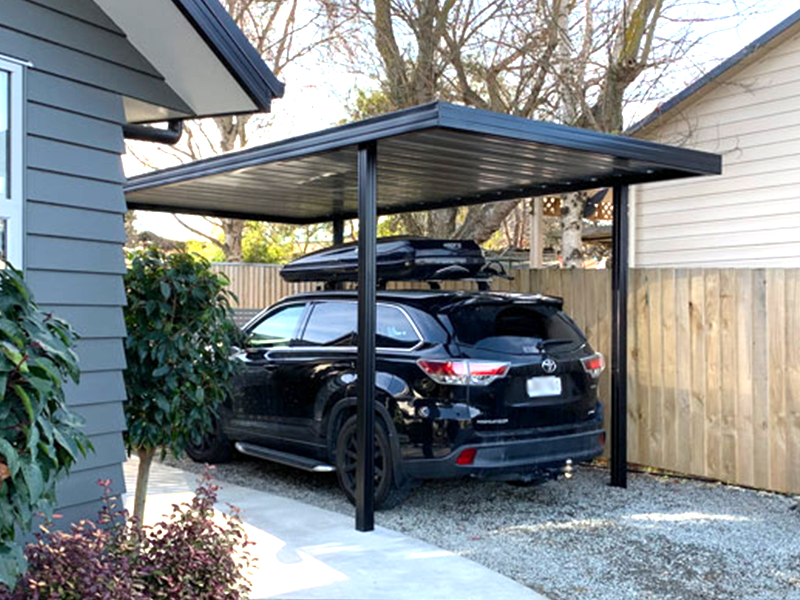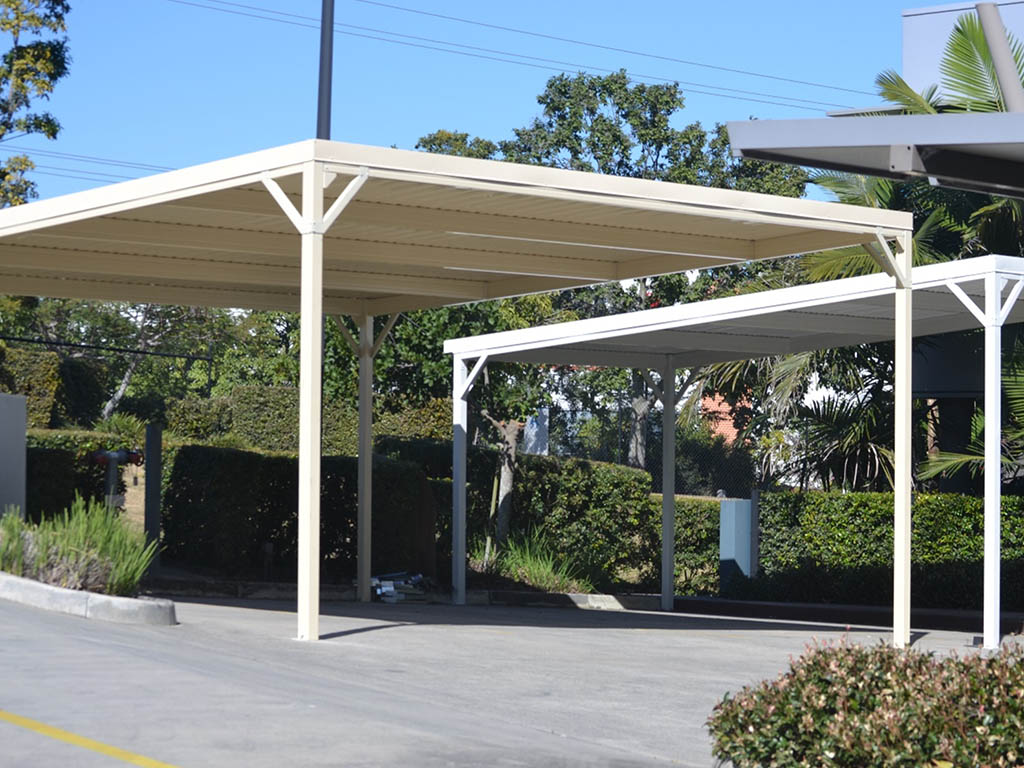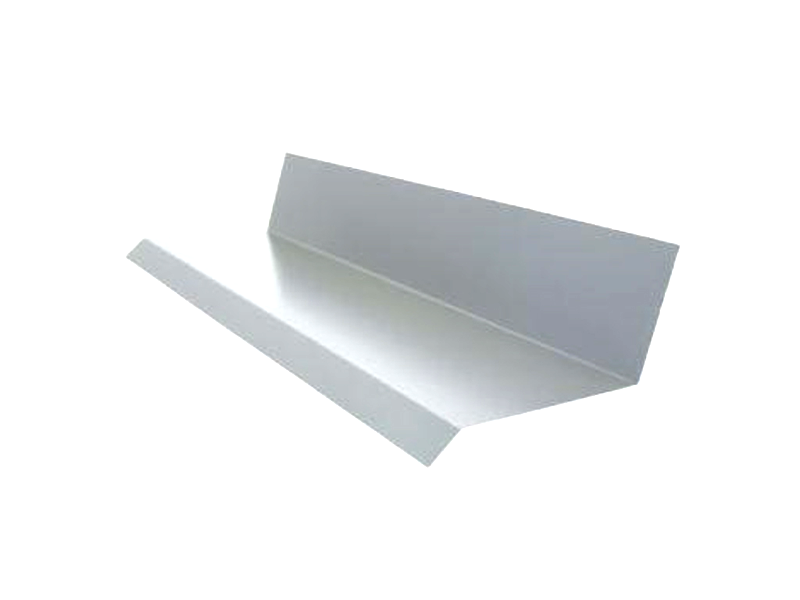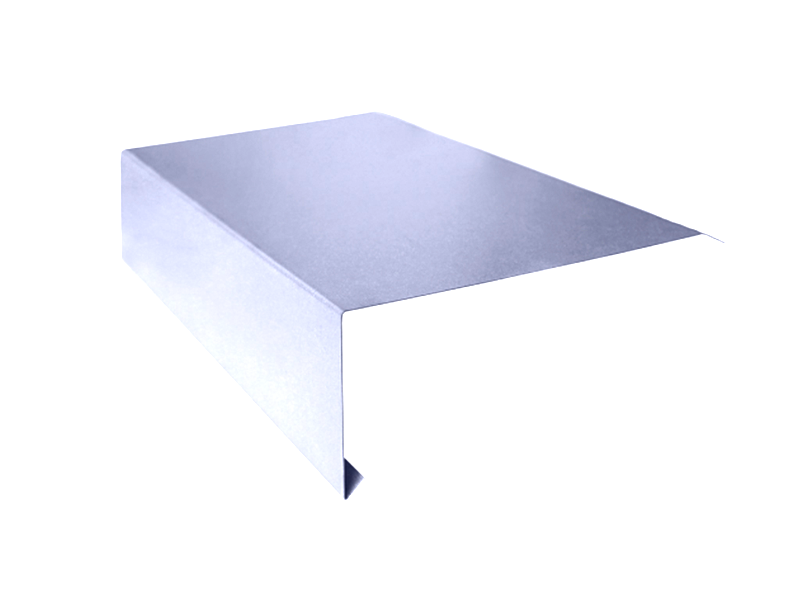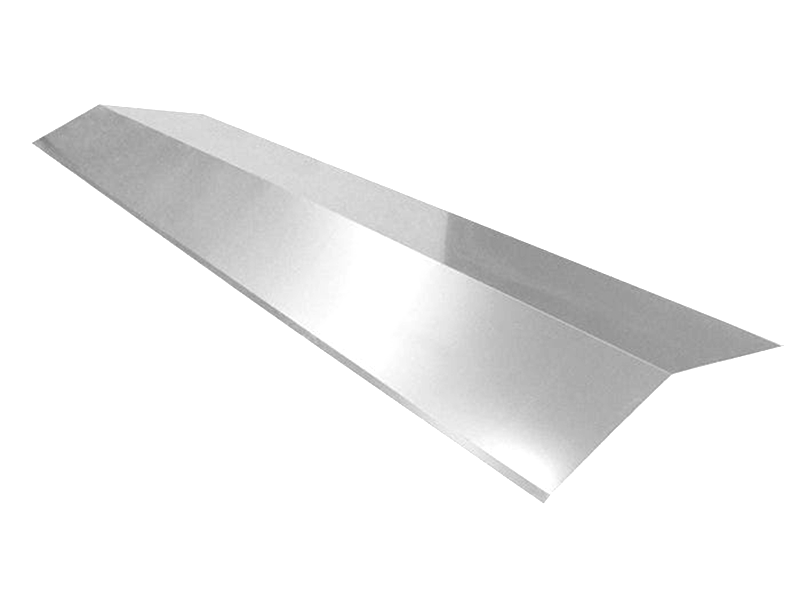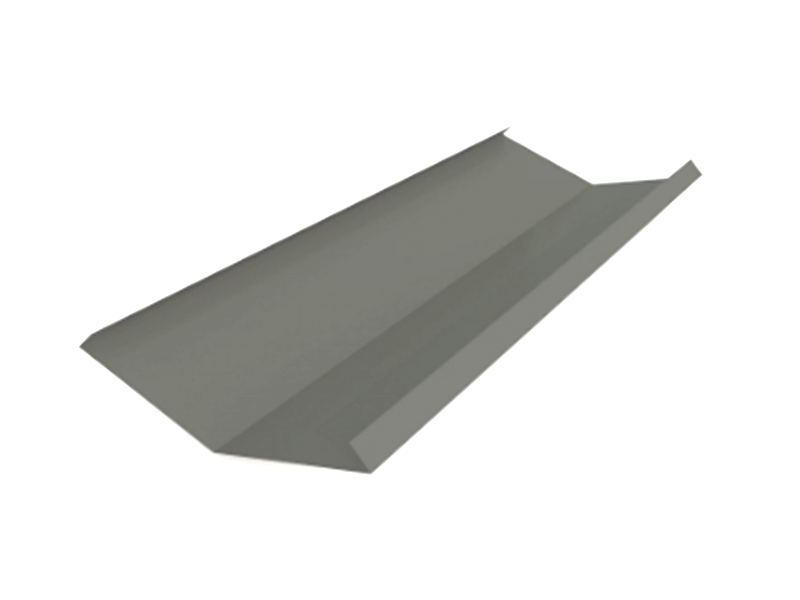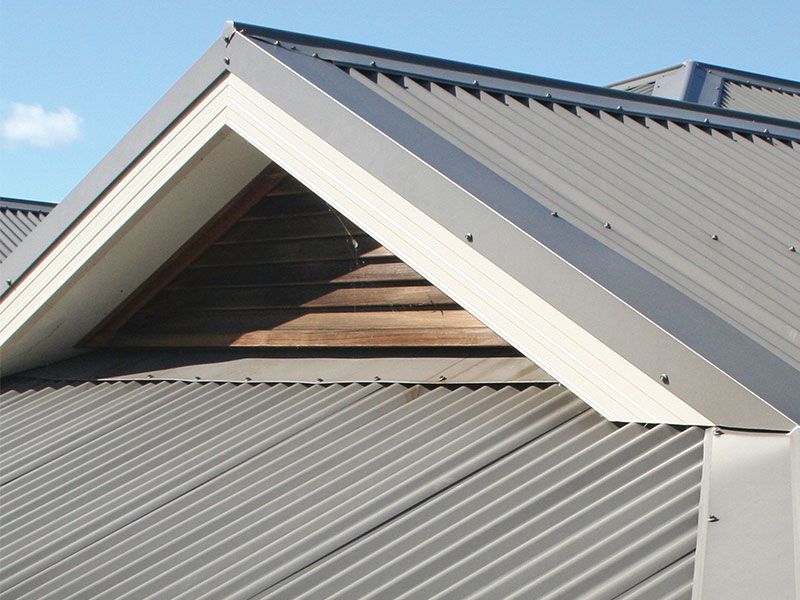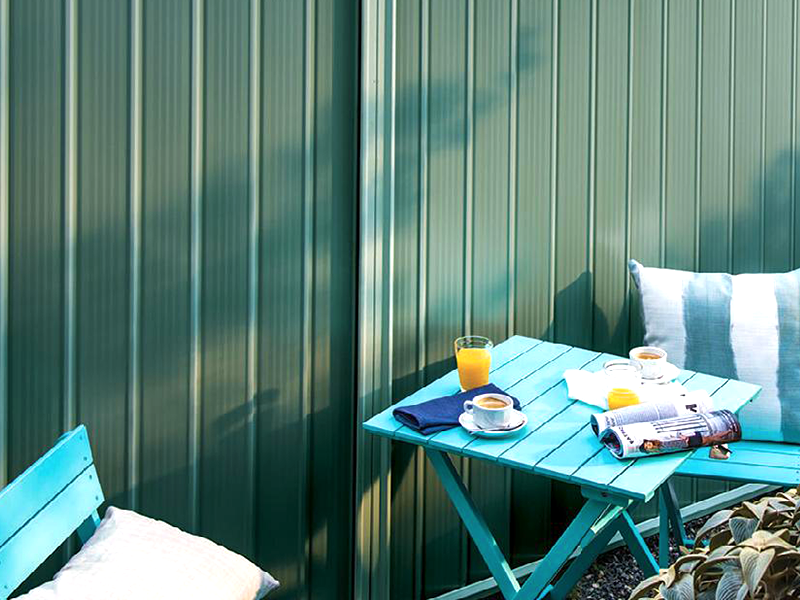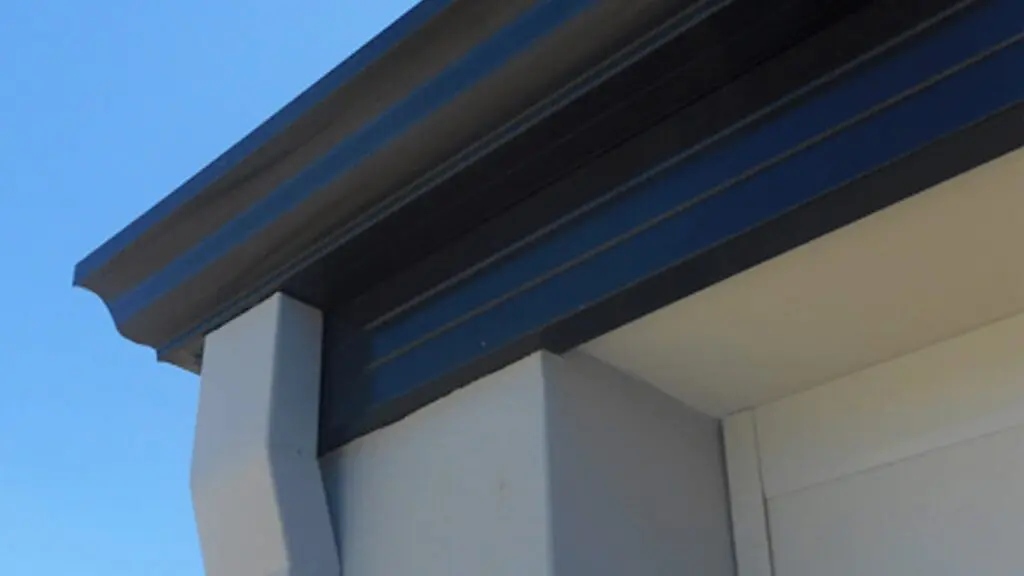
Types of Roof Flashings Explained
Key summary
- Roof flashings seal vulnerable joints and edges so rainwater is channelled away, reducing leaks and long-term damage.
- Main types include barge, valley, apron, ridge and gutter (drip edge) flashings.
- Colorbond flashings offer durability, a clean finish and a wide colour range suited to Australian conditions.
- Standard sizes cover most projects, while custom profiles are easy to design and order with Flashings Designer.
- For complex roofs or steep pitches, use a licensed roofer to ensure correct detailing and compliance with local codes.
What are roof flashings?
Roof flashings are folded metal profiles that bridge and seal transitions on a roof, for example where roofing meets walls, at ridges and along edges. Their job is simple and critical: keep water out and guide it into the drainage system. Correct selection and installation help prevent leaks, corrosion and structural damage.
The main types of roof flashings
1. Barge flashings
Where used: Along the exposed edges or gables of a roof.
Purpose: Protects roof sheet edges from wind-driven rain and gives a neat, finished look. Barge flashings stop water getting under roof sheets which can lead to corrosion and leaks.
2. Valley flashings
Where used: In the valley where two roof slopes meet.
Purpose: Collects and channels a high volume of water safely into the gutters. Because valleys carry the most water on the roof, robust detailing and correct lap direction are essential.
3. Apron flashings
Where used: Where the roof meets a vertical surface such as a wall, chimney or parapet.
Purpose: Seals the junction between roof sheets and vertical elements to prevent water tracking into gaps. Often used with appropriate sealants and fixings for a continuous barrier.
4. Ridge flashings
Where used: Along the roof peak where two slopes meet.
Purpose: Caps and seals the ridge line, preventing wind-driven rain entering beneath the sheets while delivering a clean roofline.
5. Gutter flashings (drip edge flashings)
Where used: Along eaves and roof edges that drain into gutters.
Purpose: Directs water into the gutter instead of behind the fascia or into the eaves, reducing the risk of staining, rot and moisture ingress.
Why choose Colorbond flashings?
Colorbond flashings are designed for Australian conditions and pair strength with style.
- Excellent resistance to corrosion and weathering.
- Wide range of popular Colorbond colours for a seamless match with roofing and gutters.
- Consistent finish for a professional look on new builds and re-roofing projects.
Custom flashings for unique rooflines
Every roof is different. If standard sizes do not suit, create made-to-measure profiles with Flashings Designer.
- Design your flashings online.
- See live pricing while you customise.
- Choose delivery Australia-wide or Click and Collect.
Tip: Have your measurements handy, including leg lengths, angles and return folds, to speed up design and ordering.
How to choose the right flashing
- Match the application: Valley for valleys, apron for wall junctions, ridge for peaks, barge for gables, gutter or drip edge for eaves.
- Check roof profile compatibility: Ensure the flashing suits your roof sheet profile and pitch.
- Select the colour and finish: Choose a Colorbond colour that matches or complements your roof and gutters.
- Plan overlaps and fixings: Follow good practice for laps, sealants and fastener placement to maintain watertightness.
- Consider custom: Irregular angles, parapets or architectural details often need custom flashings for a perfect fit.
Installation notes
Confident DIYers can install straightforward flashings with the right tools and safety gear. For complex roofs, steep pitches or compliance questions, engage a licensed roofer. Always follow local building codes and the roofing manufacturer’s guidance for fixings, laps and sealant use.
Why buy roof flashings from ClickSteel?
- Quality Colorbond flashings made for Australian homes.
- Fast ordering with Flashings Designer for custom profiles.
- Convenient delivery across Australia or Click and Collect.
- Helpful advice from a team that understands metal roofing.
Frequently asked questions
Which roof flashing is the most important?
All flashings play a role, however valleys experience the highest water flow, so valley flashings are particularly critical. Correct sizing, laps and discharge into gutters are essential.
Can I mix different flashing materials?
It is best to keep materials consistent with your roof sheeting. Matching Colorbond flashings help avoid galvanic corrosion, colour mismatch and premature wear.
How long do roof flashings last?
When correctly specified, installed and maintained, Colorbond flashings provide long-lasting performance in Australian conditions. Inspect periodically and replace if damaged.
Do I need custom flashings?
Standard profiles suit many jobs. If your roofline has unusual angles, parapets or non-standard details, custom flashings ensure a precise fit and a neater finish.
Can I install roof flashings myself?
Yes for simple applications if you are experienced and safety-conscious. For complex junctions or where compliance is critical, use a licensed roofer.

